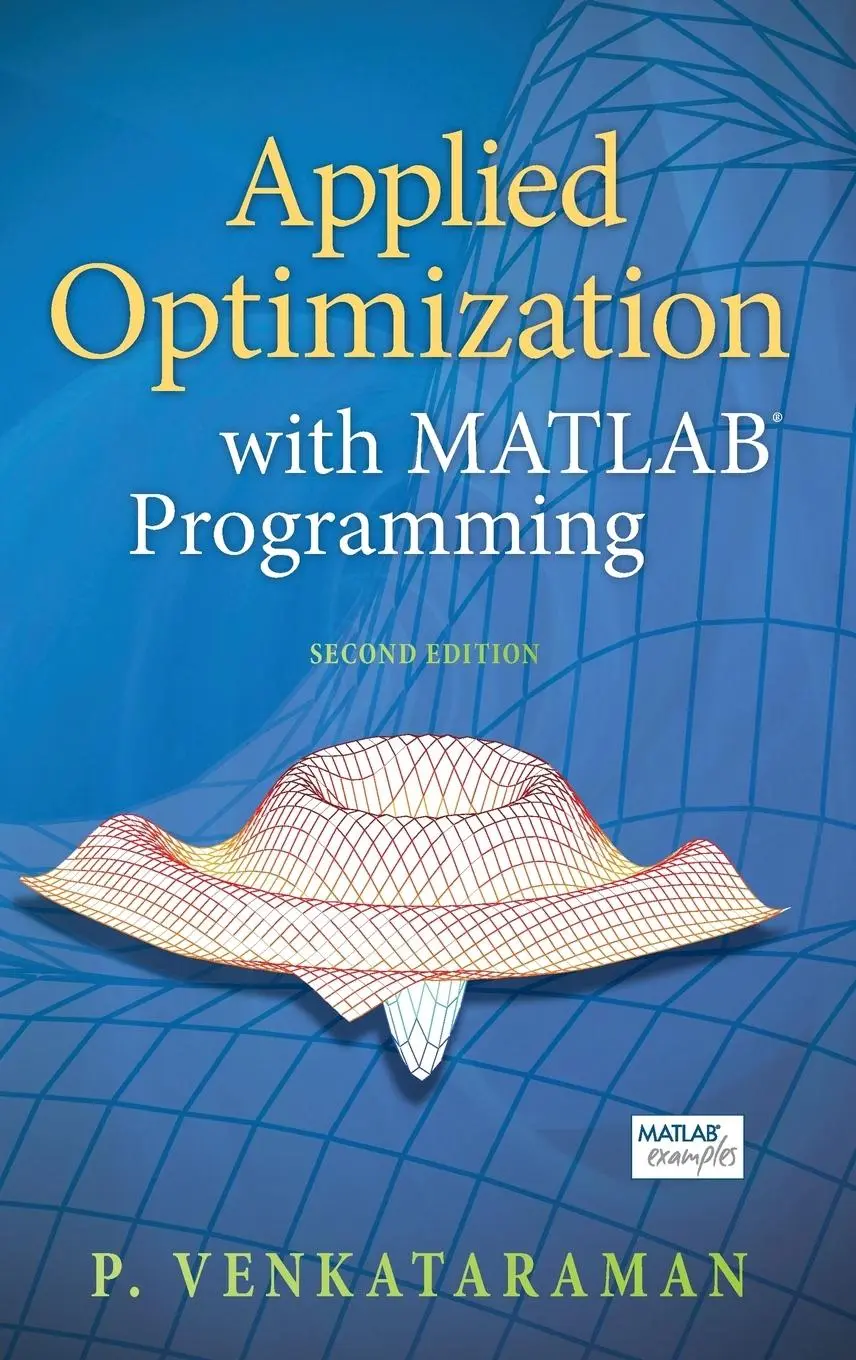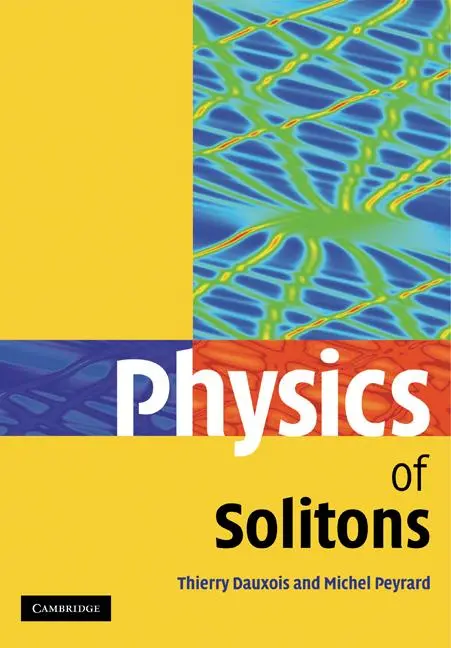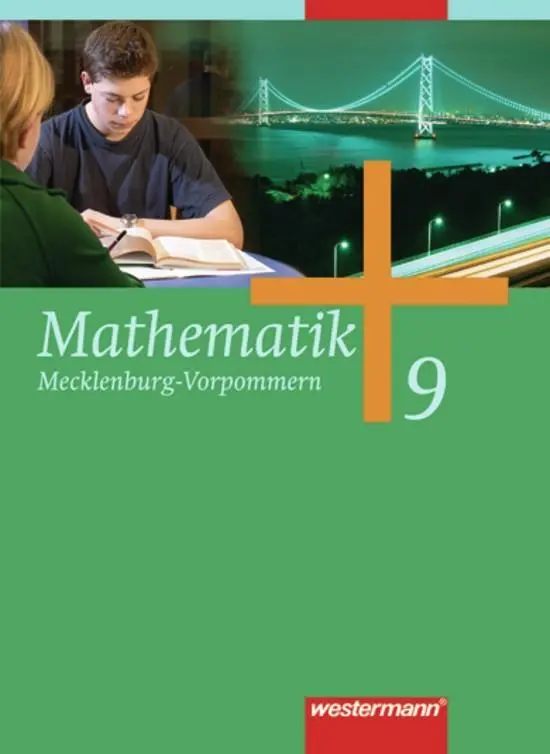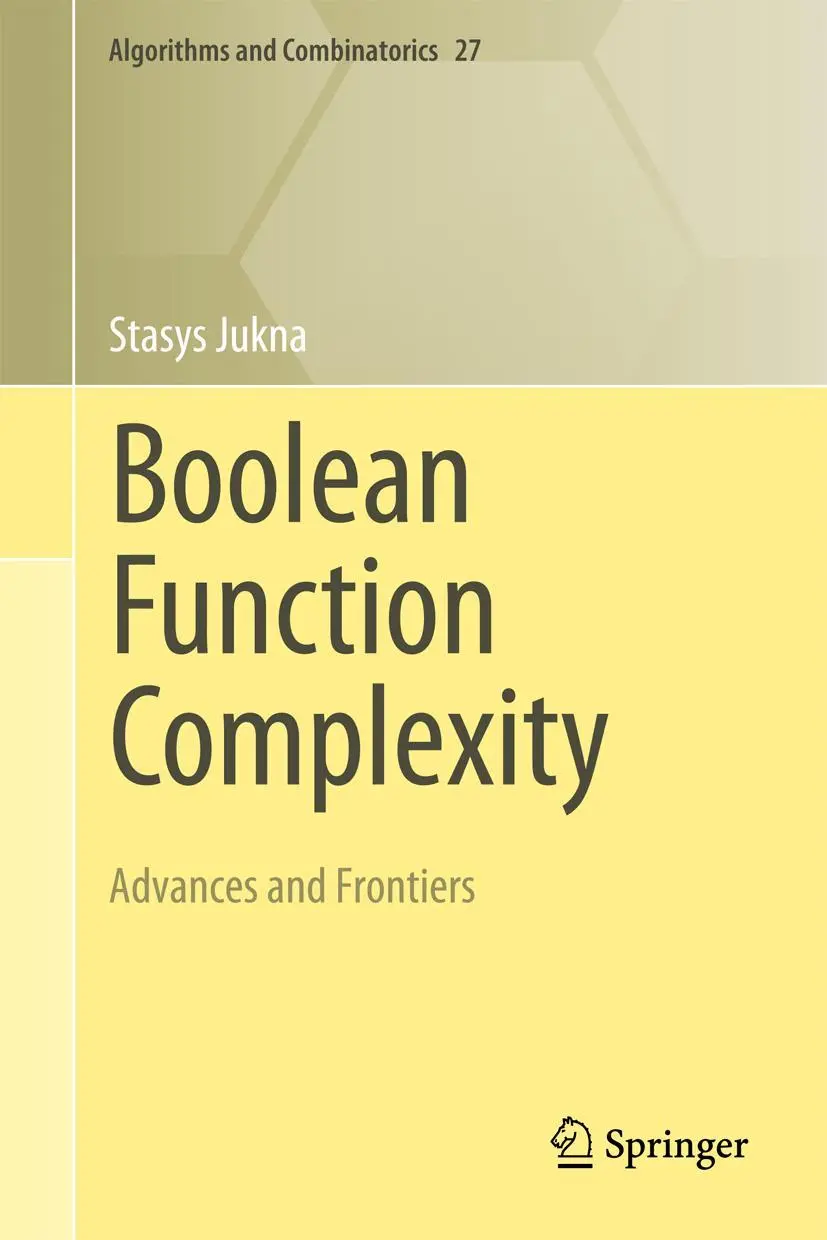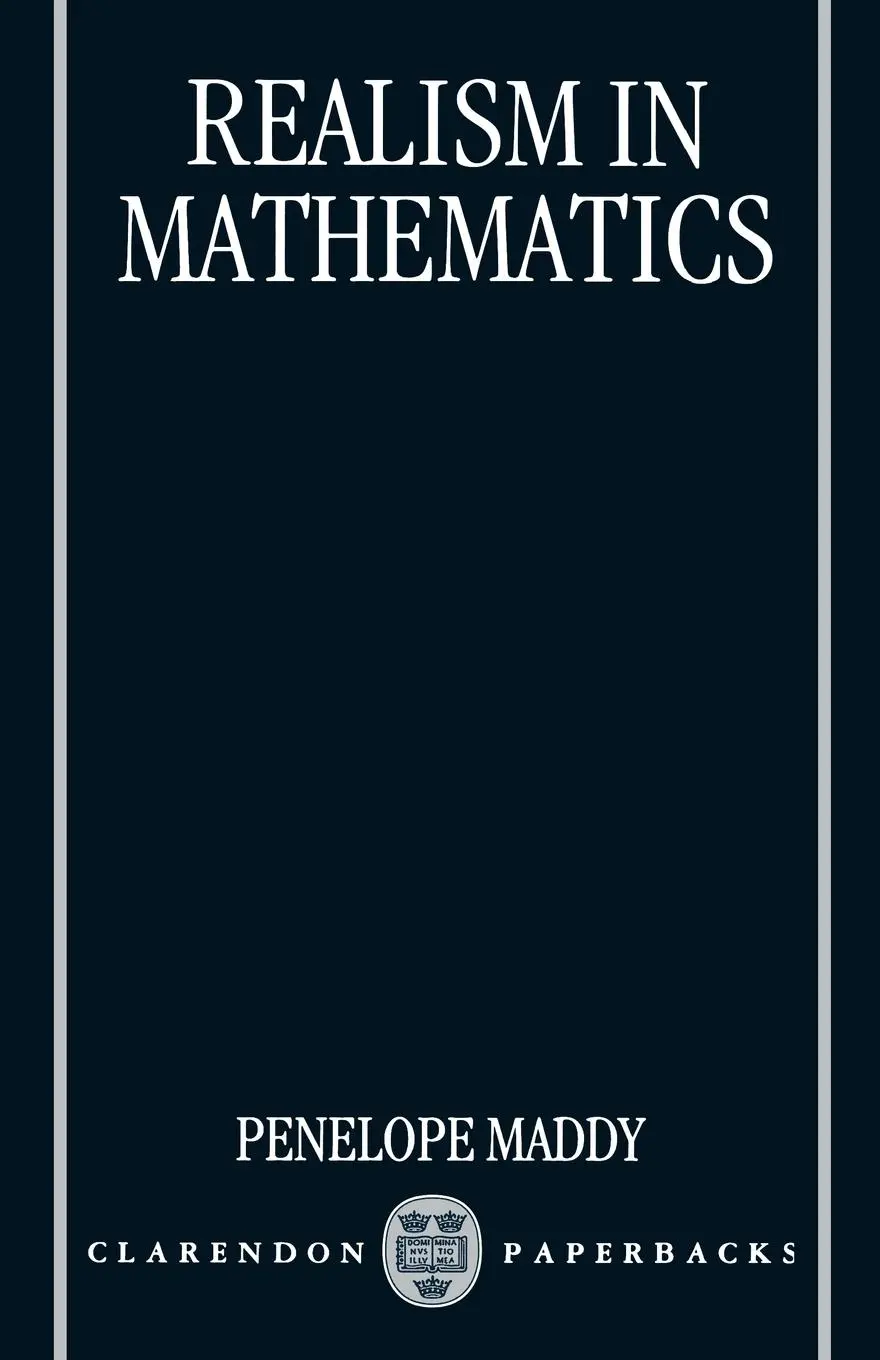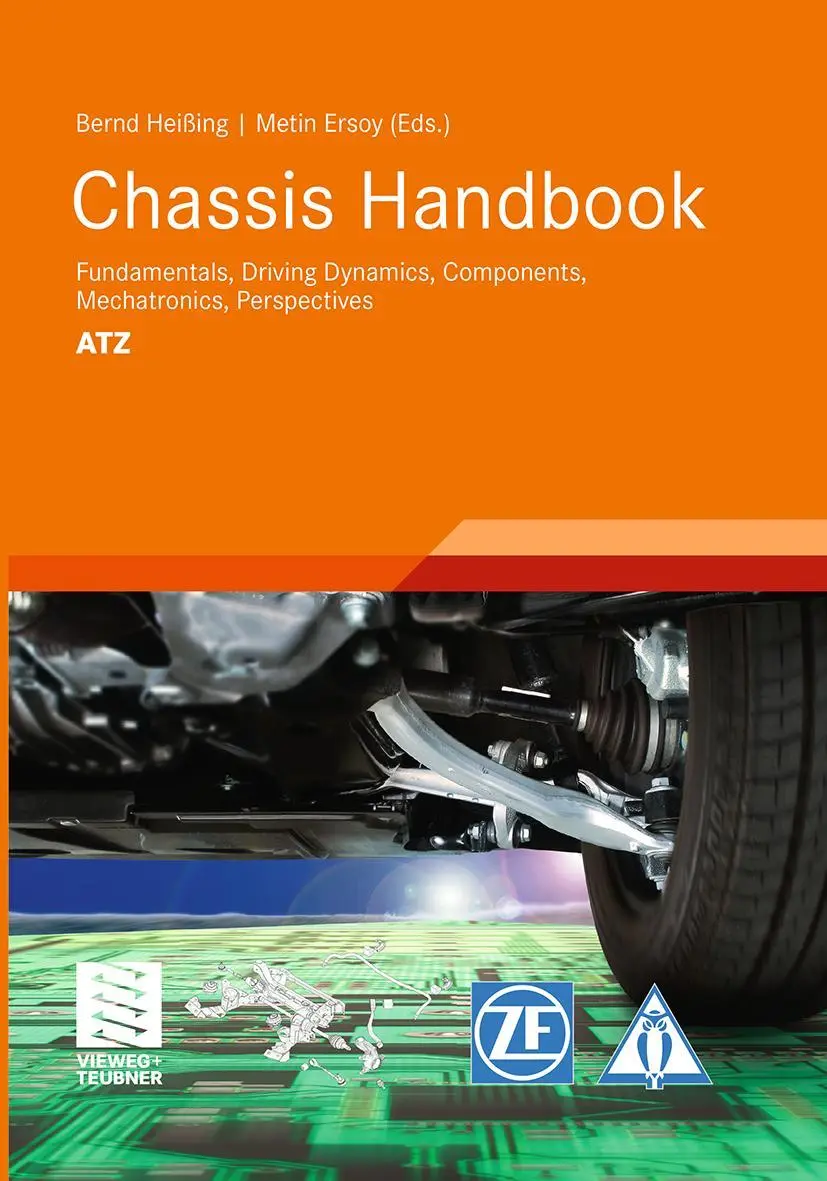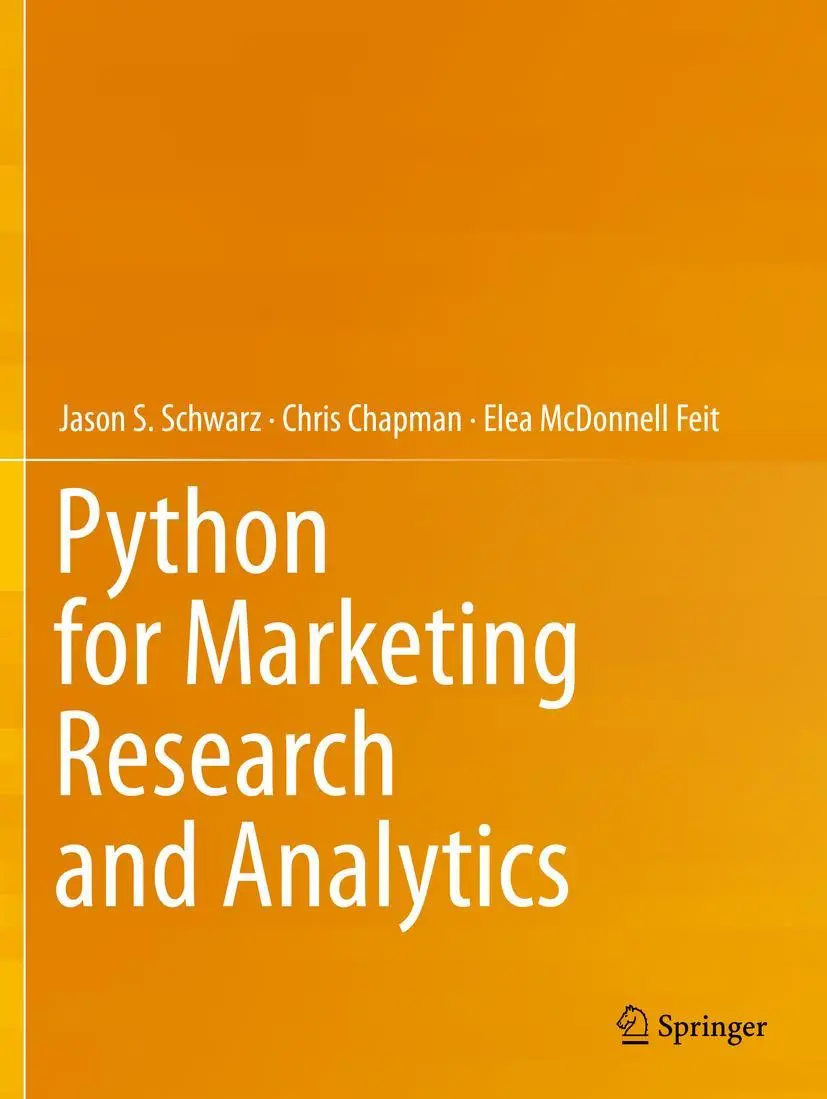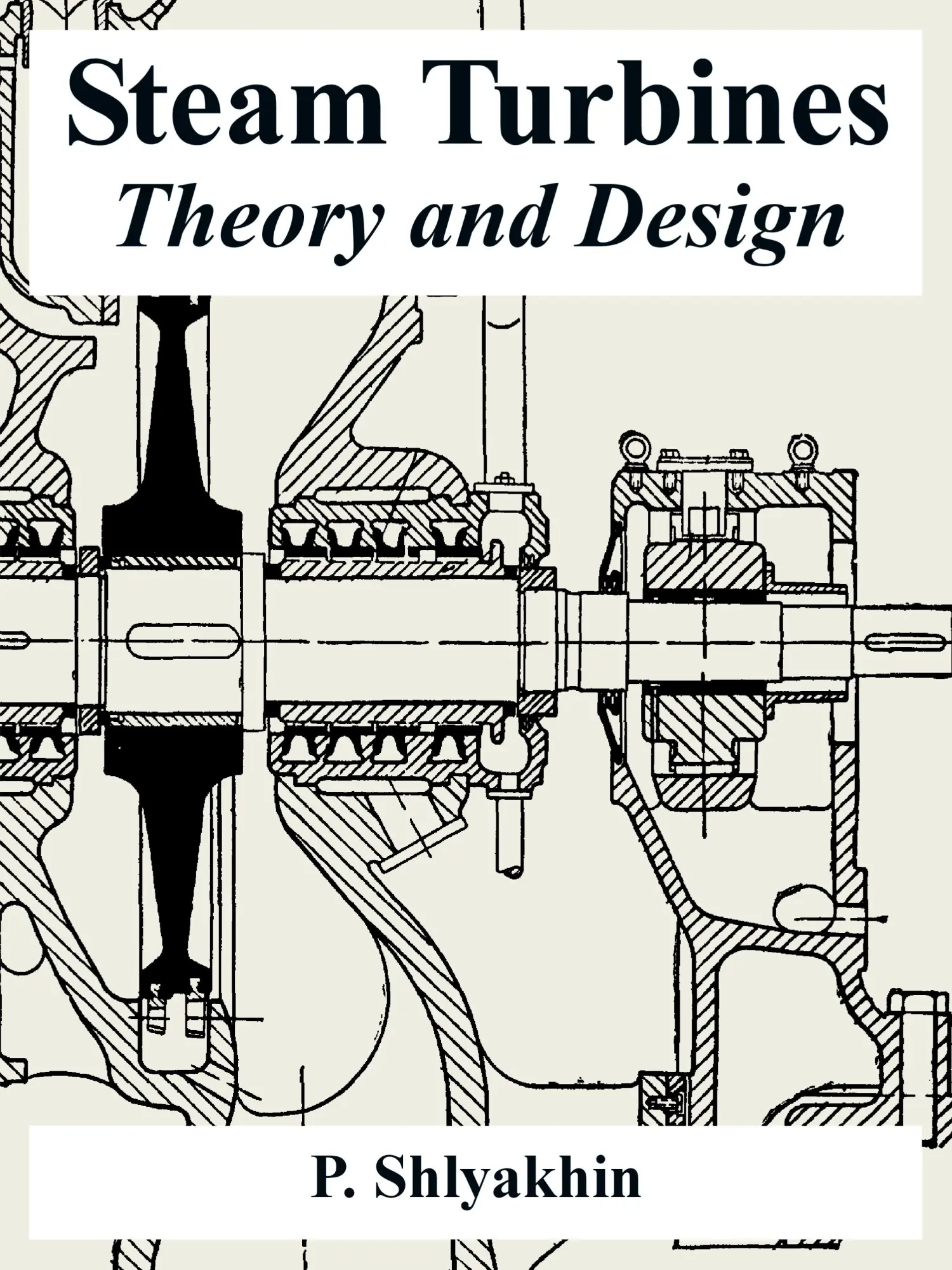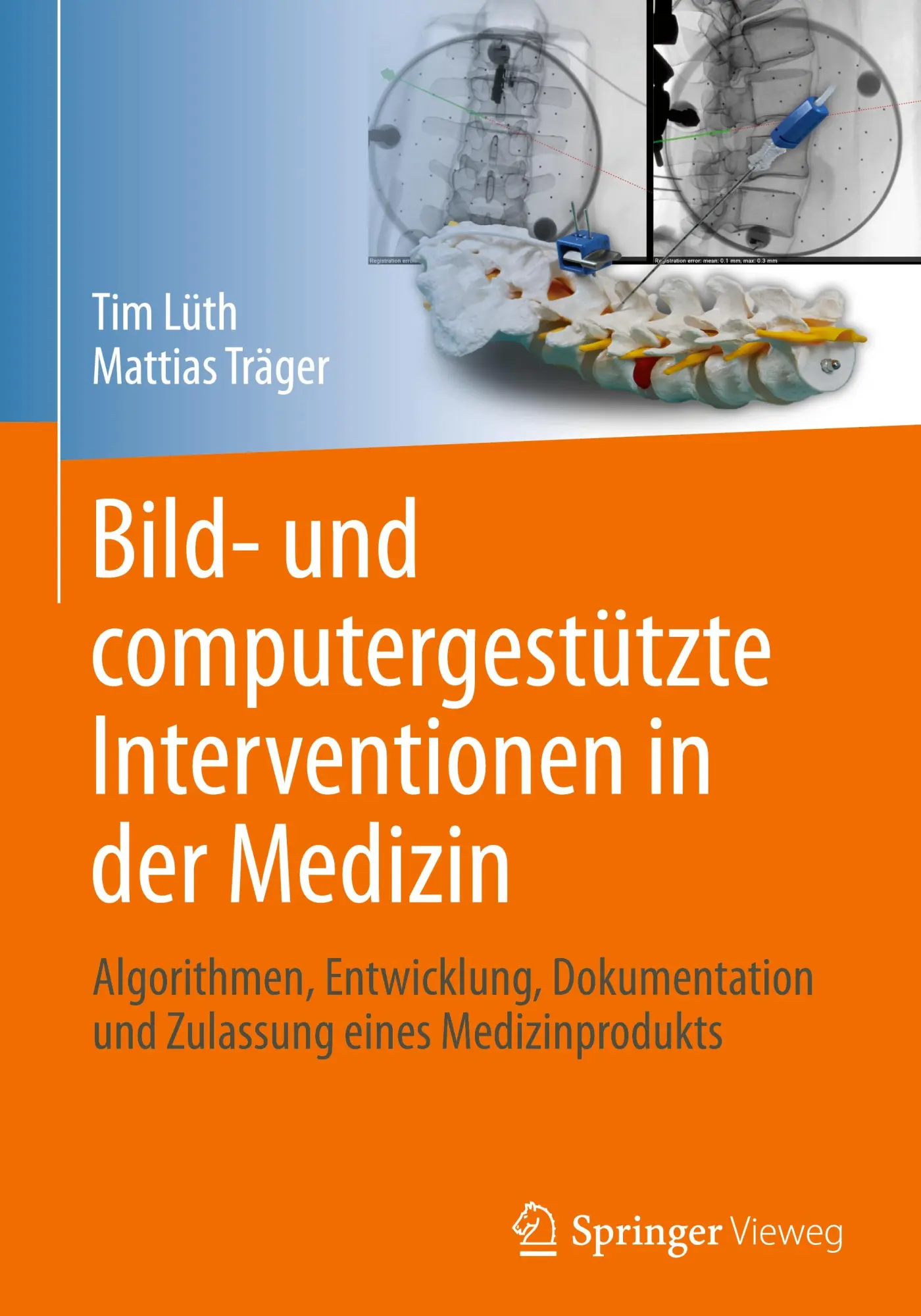Dekorationsartikel gehören nicht zum Leistungsumfang.
Sprache:
Englisch
155,00 €*
Versandkostenfrei per Post / DHL
Aktuell nicht verfügbar
Kategorien:
Beschreibung
Preface to the Second Edition.
Preface.
Chapter 1: Introduction.
1.1 Optimization Fundamentals.
1.2 Introduction to MATLAB.
Problems.
Chapter 2: Graphical Optimization.
2.1 Problem Definition.
2.2 Graphical Solution.
2.3 Additional Examples.
2.4 Additional MATLAB Graphics.
References.
Problems.
Chapter 3: Linear Programming.
3.1 Problem Definition.
3.2 Graphical Solution.
3.3 Numerical Solution - The Simplex Method.
3.4 Additional Examples.
3.5.Additional Topics in Linear Programming.
References.
Problems.
Chapter 4: Nonlinear Programming.
4.1 Problem Definition.
4.2 Mathematical Concepts.
4.3 Analytical Conditions.
4.4 Examples.
4.5 Additional Topics.
References.
Problems.
Chapter 5: Numerical Techniques - The One Dimensional Problem.
5.1 Problem Definition.
5.2 Numerical Techniques.
5.3 Importance of the One Dimensional Problem.
5.4 Additional Examples.
References.
Problems.
Chapter 6: Numerical Techniques for Unconstrained Optimization.
6.1 Problem Definition.
6.2 Numerical Techniques: Non Gradient Methods.
6.3 Numerical Technique: Gradient Based Methods.
6.4 Numerical Technique: Second Order.
6.5 Additional Examples.
6.6 Summary.
References.
Problems.
Chapter 7: Numerical Techniques for Constrained Optimization.
7.1 Problem Definition.
7.2 Indirect Methods for Constrained Optimization.
7.3 Direct Methods for Constrained Optimization.
7.4 Additional Examples.
References.
Problems.
Chapter 8: Discrete Optimization.
8.1 Concepts in Discrete Programming.
8.2 Discrete Optimization Techniques.
8.3 Additional Examples.
References.
Problems.
Chapter 9: Global Optimization.
9.1 Problem Definition.
9.2 Numerical Techniques and Additional Examples.
References.
Problems.
Chapter 10: Optimization Toolbox from MATLAB.
10.1 The Optimization Toolbox.
10.2 Examples.
References.
Chapter 11: Hybrid Mathematics: An Application of.
11.1 Central Idea.
11.2 Data Handling Examples.
11.3. Solutions to Differential Systems.
11.4 Summary.
References.
Index.
Preface.
Chapter 1: Introduction.
1.1 Optimization Fundamentals.
1.2 Introduction to MATLAB.
Problems.
Chapter 2: Graphical Optimization.
2.1 Problem Definition.
2.2 Graphical Solution.
2.3 Additional Examples.
2.4 Additional MATLAB Graphics.
References.
Problems.
Chapter 3: Linear Programming.
3.1 Problem Definition.
3.2 Graphical Solution.
3.3 Numerical Solution - The Simplex Method.
3.4 Additional Examples.
3.5.Additional Topics in Linear Programming.
References.
Problems.
Chapter 4: Nonlinear Programming.
4.1 Problem Definition.
4.2 Mathematical Concepts.
4.3 Analytical Conditions.
4.4 Examples.
4.5 Additional Topics.
References.
Problems.
Chapter 5: Numerical Techniques - The One Dimensional Problem.
5.1 Problem Definition.
5.2 Numerical Techniques.
5.3 Importance of the One Dimensional Problem.
5.4 Additional Examples.
References.
Problems.
Chapter 6: Numerical Techniques for Unconstrained Optimization.
6.1 Problem Definition.
6.2 Numerical Techniques: Non Gradient Methods.
6.3 Numerical Technique: Gradient Based Methods.
6.4 Numerical Technique: Second Order.
6.5 Additional Examples.
6.6 Summary.
References.
Problems.
Chapter 7: Numerical Techniques for Constrained Optimization.
7.1 Problem Definition.
7.2 Indirect Methods for Constrained Optimization.
7.3 Direct Methods for Constrained Optimization.
7.4 Additional Examples.
References.
Problems.
Chapter 8: Discrete Optimization.
8.1 Concepts in Discrete Programming.
8.2 Discrete Optimization Techniques.
8.3 Additional Examples.
References.
Problems.
Chapter 9: Global Optimization.
9.1 Problem Definition.
9.2 Numerical Techniques and Additional Examples.
References.
Problems.
Chapter 10: Optimization Toolbox from MATLAB.
10.1 The Optimization Toolbox.
10.2 Examples.
References.
Chapter 11: Hybrid Mathematics: An Application of.
11.1 Central Idea.
11.2 Data Handling Examples.
11.3. Solutions to Differential Systems.
11.4 Summary.
References.
Index.
Preface to the Second Edition.
Preface.
Chapter 1: Introduction.
1.1 Optimization Fundamentals.
1.2 Introduction to MATLAB.
Problems.
Chapter 2: Graphical Optimization.
2.1 Problem Definition.
2.2 Graphical Solution.
2.3 Additional Examples.
2.4 Additional MATLAB Graphics.
References.
Problems.
Chapter 3: Linear Programming.
3.1 Problem Definition.
3.2 Graphical Solution.
3.3 Numerical Solution - The Simplex Method.
3.4 Additional Examples.
3.5.Additional Topics in Linear Programming.
References.
Problems.
Chapter 4: Nonlinear Programming.
4.1 Problem Definition.
4.2 Mathematical Concepts.
4.3 Analytical Conditions.
4.4 Examples.
4.5 Additional Topics.
References.
Problems.
Chapter 5: Numerical Techniques - The One Dimensional Problem.
5.1 Problem Definition.
5.2 Numerical Techniques.
5.3 Importance of the One Dimensional Problem.
5.4 Additional Examples.
References.
Problems.
Chapter 6: Numerical Techniques for Unconstrained Optimization.
6.1 Problem Definition.
6.2 Numerical Techniques: Non Gradient Methods.
6.3 Numerical Technique: Gradient Based Methods.
6.4 Numerical Technique: Second Order.
6.5 Additional Examples.
6.6 Summary.
References.
Problems.
Chapter 7: Numerical Techniques for Constrained Optimization.
7.1 Problem Definition.
7.2 Indirect Methods for Constrained Optimization.
7.3 Direct Methods for Constrained Optimization.
7.4 Additional Examples.
References.
Problems.
Chapter 8: Discrete Optimization.
8.1 Concepts in Discrete Programming.
8.2 Discrete Optimization Techniques.
8.3 Additional Examples.
References.
Problems.
Chapter 9: Global Optimization.
9.1 Problem Definition.
9.2 Numerical Techniques and Additional Examples.
References.
Problems.
Chapter 10: Optimization Toolbox from MATLAB.
10.1 The Optimization Toolbox.
10.2 Examples.
References.
Chapter 11: Hybrid Mathematics: An Application of.
11.1 Central Idea.
11.2 Data Handling Examples.
11.3. Solutions to Differential Systems.
11.4 Summary.
References.
Index.
Preface.
Chapter 1: Introduction.
1.1 Optimization Fundamentals.
1.2 Introduction to MATLAB.
Problems.
Chapter 2: Graphical Optimization.
2.1 Problem Definition.
2.2 Graphical Solution.
2.3 Additional Examples.
2.4 Additional MATLAB Graphics.
References.
Problems.
Chapter 3: Linear Programming.
3.1 Problem Definition.
3.2 Graphical Solution.
3.3 Numerical Solution - The Simplex Method.
3.4 Additional Examples.
3.5.Additional Topics in Linear Programming.
References.
Problems.
Chapter 4: Nonlinear Programming.
4.1 Problem Definition.
4.2 Mathematical Concepts.
4.3 Analytical Conditions.
4.4 Examples.
4.5 Additional Topics.
References.
Problems.
Chapter 5: Numerical Techniques - The One Dimensional Problem.
5.1 Problem Definition.
5.2 Numerical Techniques.
5.3 Importance of the One Dimensional Problem.
5.4 Additional Examples.
References.
Problems.
Chapter 6: Numerical Techniques for Unconstrained Optimization.
6.1 Problem Definition.
6.2 Numerical Techniques: Non Gradient Methods.
6.3 Numerical Technique: Gradient Based Methods.
6.4 Numerical Technique: Second Order.
6.5 Additional Examples.
6.6 Summary.
References.
Problems.
Chapter 7: Numerical Techniques for Constrained Optimization.
7.1 Problem Definition.
7.2 Indirect Methods for Constrained Optimization.
7.3 Direct Methods for Constrained Optimization.
7.4 Additional Examples.
References.
Problems.
Chapter 8: Discrete Optimization.
8.1 Concepts in Discrete Programming.
8.2 Discrete Optimization Techniques.
8.3 Additional Examples.
References.
Problems.
Chapter 9: Global Optimization.
9.1 Problem Definition.
9.2 Numerical Techniques and Additional Examples.
References.
Problems.
Chapter 10: Optimization Toolbox from MATLAB.
10.1 The Optimization Toolbox.
10.2 Examples.
References.
Chapter 11: Hybrid Mathematics: An Application of.
11.1 Central Idea.
11.2 Data Handling Examples.
11.3. Solutions to Differential Systems.
11.4 Summary.
References.
Index.
Details
| Erscheinungsjahr: | 2009 |
|---|---|
| Fachbereich: | Fertigungstechnik |
| Genre: | Technik |
| Rubrik: | Naturwissenschaften & Technik |
| Medium: | Buch |
| Inhalt: | 544 S. |
| ISBN-13: | 9780470084885 |
| ISBN-10: | 047008488X |
| Sprache: | Englisch |
| Einband: | Gebunden |
| Autor: | Venkataraman, P |
| Auflage: | 2/2009 |
| Hersteller: | Wiley-VCH GmbH |
| Verantwortliche Person für die EU: | Wiley-VCH GmbH, Boschstr. 12, D-69469 Weinheim, product-safety@wiley.com |
| Maße: | 239 x 164 x 30 mm |
| Von/Mit: | P Venkataraman |
| Erscheinungsdatum: | 03.04.2009 |
| Gewicht: | 0,841 kg |
Details
| Erscheinungsjahr: | 2009 |
|---|---|
| Fachbereich: | Fertigungstechnik |
| Genre: | Technik |
| Rubrik: | Naturwissenschaften & Technik |
| Medium: | Buch |
| Inhalt: | 544 S. |
| ISBN-13: | 9780470084885 |
| ISBN-10: | 047008488X |
| Sprache: | Englisch |
| Einband: | Gebunden |
| Autor: | Venkataraman, P |
| Auflage: | 2/2009 |
| Hersteller: | Wiley-VCH GmbH |
| Verantwortliche Person für die EU: | Wiley-VCH GmbH, Boschstr. 12, D-69469 Weinheim, product-safety@wiley.com |
| Maße: | 239 x 164 x 30 mm |
| Von/Mit: | P Venkataraman |
| Erscheinungsdatum: | 03.04.2009 |
| Gewicht: | 0,841 kg |
Sicherheitshinweis

